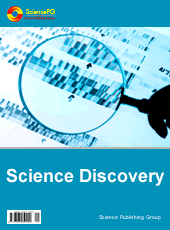- Important Dates
- Submission Deadline: May 8, 2023
- Conference Date: May 27, 2023
- Notification:
- 20-30 days after the submission
- Publication:
- 7-10 days after the final edition
- Contact Information
- Email: huiyi123net_may@126.com
- Cell Phone: 021-51098086
- Telephone: 0086-18616502321
- QQ: 2934920393
- ICEER2023 Will Be Held In Conjunction with ICCEE2023May 8, 2023
- Dr. Zengkai Liu Will Give a Speech in the ConferenceMay 8, 2023
- Dr. Jingyu Cao Will Give a Speech in the ConferenceApr. 25, 2023
- Dr. Songhao Shang Will Give a Speech in the ConferenceMar. 24, 2023
- The Submission Deadline Has Been Extended to May 8, 2023Mar. 21, 2023
- ICEER2023 Call for PapersAug. 2, 2022
- Welcome to Join the Program CommitteeAug. 2, 2022
- ICEER2022 and ICCEE2022 Were Successfully Held Online on May 29, 2022Aug. 2, 2022
2023 7th International Conference on Energy, Environment and Resources (ICEER2023) is an optimal platform for academic communications, exchange of ideas and inspirations between specialists and scholars in the fields of energy, environment and resources.
2023 7th International Conference on Energy, Environment and Resources (ICEER2023) will be held on May 27, 2023.
Papers submitted to the conference should be written in English or Chinese. All accepted papers will be published online within 7-10 days after the final proofs are received.
If full papers are accepted in the conference, they will be published online respectively in one of the following journals according to the themes.
The following journals of Science Publishing Group have been indexed and abstracted by CNKI (中国知网), WorldCat, CrossRef, Electronic Journals Library, Zeitschriftendatenbank, EZB, ResearchBib, Polish Scholarly Bibliography, Wissenschaftszentrum Berlin, etc.
-
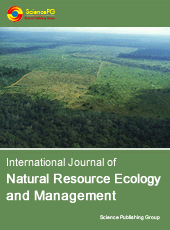
International Journal of Natural Resource Ecology and Management (IJNREM)
https://www.sciencepg.com/j/ijnremISSN Print: 2575-3088
ISSN Online: 2575-3061
-
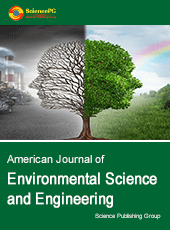
American Journal of Environmental Science and Engineering (AJESE)
https://www.sciencepg.com/j/ajeseISSN Print: 2578-7985
ISSN Online: 2578-7993
-

Journal of Energy and Natural Resources (JENR)
https://www.sciencepg.com/j/jenrISSN Print: 2330-7366
ISSN Online: 2330-7404
-
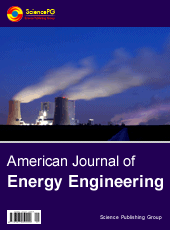
American Journal of Energy Engineering (AJEE)
https://www.sciencepg.com/j/ajeeISSN Print: 2329-1648
ISSN Online: 2329-163X
-
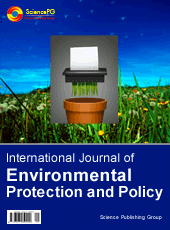
International Journal of Environmental Protection and Policy (IJEPP)
https://www.sciencepg.com/j/ijeppISSN Print: 2330-7528
ISSN Online: 2330-7536
-
